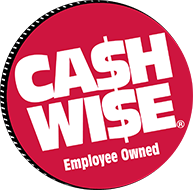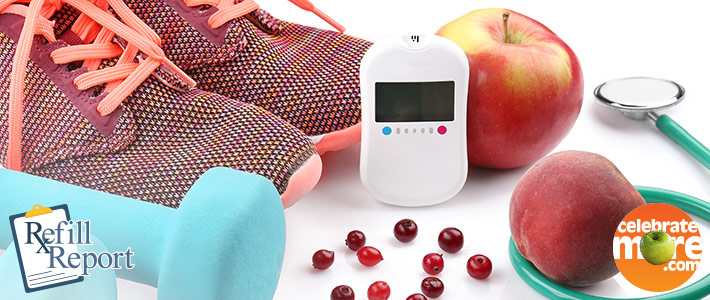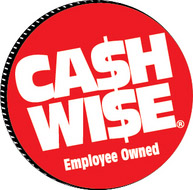One of the most important parts of our jobs as Pharmacists is to help keep our patients, you, healthy. One of the ways we do that is to try and help patients take their medications the way they were intended; the right medication, at the right dose, and the right frequency. Adherence is a term used in healthcare that refers to the extent to which patients take medications as prescribed by their healthcare providers. It is estimated that poor medication adherence;
- Costs the healthcare system around $290 billion each year
- Accounts for approximately 125,000 deaths each year
- Is responsible for 10-25% of all nursing home and hospital admissions
Approximately 69 million people in our country take three or more prescriptions per month, requiring multiple trips to the pharmacy. Many patients say they miss doses of their medication because they forget to refill their prescription before they run out.
We can reduce your trips to the pharmacy and hopefully improve your ability to take medications as prescribed through a medication synchronization (med sync) program now being offered by our pharmacies. Med sync allows you to pick up of all of your ongoing prescriptions at the pharmacy on a single, convenient day each month. Med sync is especially helpful for people who take multiple, monthly medications, such as those with chronic illness or the elderly, as well as caregivers or family members responsible for helping them manage their prescription refills.
Our med sync program also includes a proactive call a week before each of your appointments or “sync date” at the pharmacy, to review your synchronized medications, and make sure we are aware of any additions, changes, or deletions to your medications. Keeping your pharmacist aware of any changes to your medications resulting from doctor or hospital visits is important in maintaining optimal results from your prescriptions. Your pharmacy will then proactively refill your medications, relieving worries of missed refills or running out of your medications. You will build a relationship with your pharmacist that will help you take your medications properly and regularly, which leads to overall better health. Your appointment is also an ideal time to review other pharmacy-provided health services with your pharmacist, such as a review of your vaccine history to schedule any missing or due vaccinations.
Talk to any of our pharmacy staff today to get set up with Med Sync, start making things easier for yourself and let us help you stay well.
Jason Miller, Pharm. D.
Pharmacy Clinical Program Manager


















